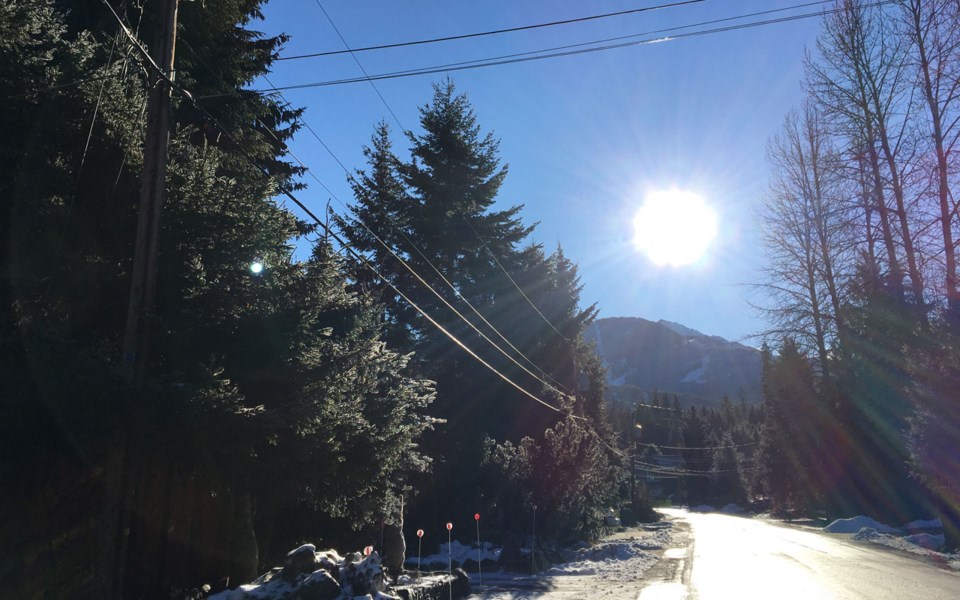Several pieces of information presented in Pique’s March 31 article titled “Costly White Gold beautification project has ‘fractured the neighbourhood,’” are incorrect. I write as someone who is not particularly wealthy and who has been in the neighbourhood since 1972. In a place where storms and high winds have become considerably more frequent than in previous decades, putting street electrical wires underground is as much an issue of safety and common sense as it is about “beautification.” Labelling the project as simply a push for a prettier subdivision misinforms.
Putting aside what the project will achieve, the article is wrong about two significant aspects of the cost to homeowners. The author is misinformed that there are only two options available to homeowners to get power from the street to homes. Quoting a White Gold homeowner, the article suggests that the only choices available are an underground connection or having a pole on a home’s property, either of which come with a high price tag. But, in fact, a third option was made available in February 2021, which would leave an above ground pole on the road right of way. The third option would be installed at no cost to the homeowner who makes that choice. (Editor’s note: according to the RMOW, the third option, which homeowners could choose until June 2021, would still require owners to pay $46,801 per resident, or 30 annual parcel tax payments of $2,438.)
The article—and the homeowner quoted—is also wrong about the nature of the shared cost of the street work. The addition to a home’s property tax amortizing that property’s share of the project’s cost over 30 years is attached to the property, not the current homeowner. Hence, it is incorrect that, as reported, it will “come out of [a homeowner’s] pocket eventually, whether they sell in five, 10, 20 or 30 years.” If the homeowner sells in five years or any other time, the new owner will be responsible for payments for the years they own the property just as they will be for the rest of the property tax attached to that address.
It may well be that a ballooning of the public cost to be shared by all of us in White Gold could turn out to be sufficiently large to warrant a new petition, but any such vote should be based on accurate information and not misinformed belief.




